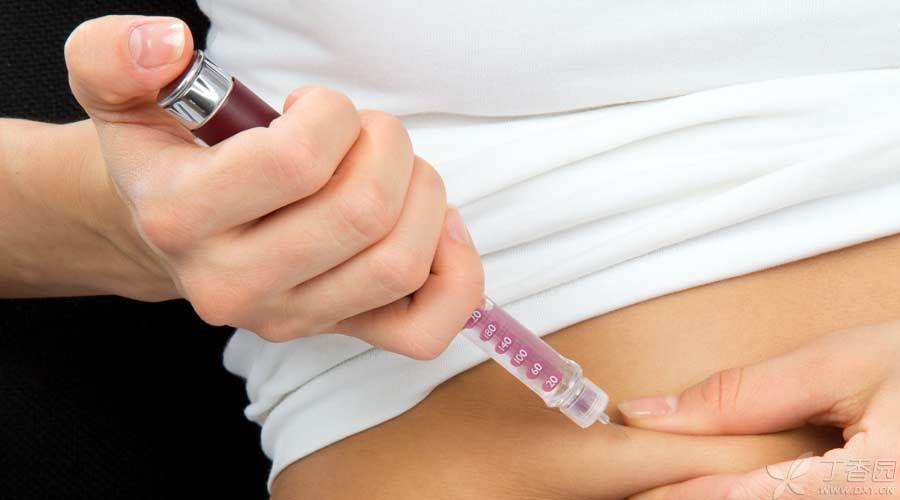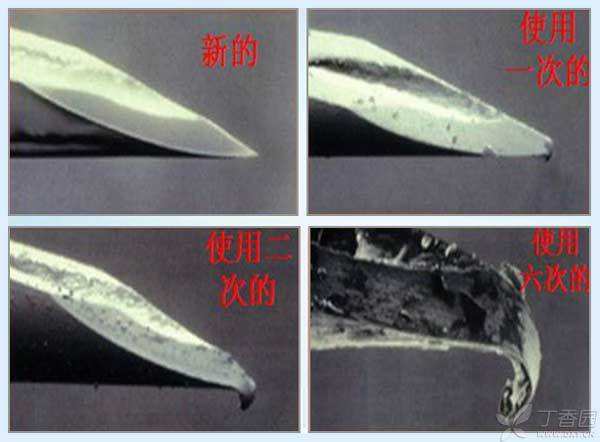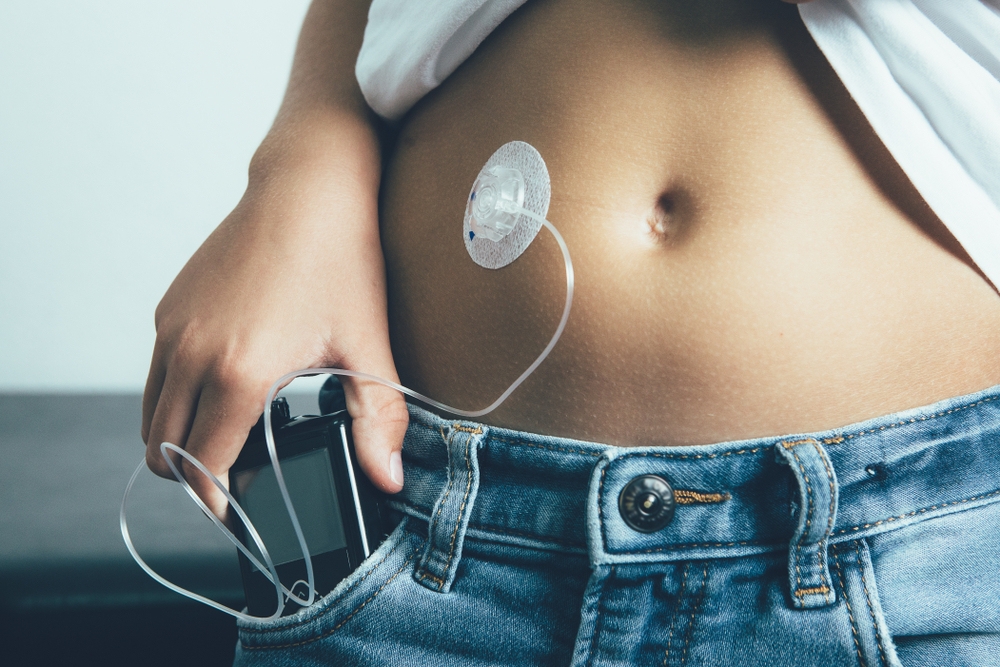
On the evening of November 28, 2014, @ CCTV News Released Such a Microblog: [[Girls Suffer from Diabetes Inject Drugs for 3 Years] Avoid Students, Use alcohol to disinfect needles, lift clothes, prick needles… 11-year-old girl Xiaoyu injected four needles of insulin every day after finding out diabetes 3 years ago. Small belly is a needle eye. Doctors said Xiaoyu if you can take advantage of the insulin pump installed during development, you don’t need to give injections every day, and it may be cured, but poor families can’t afford more than 100,000 installation fees. Help children! ]
Soon, the media forwarded it one after another, attracting everyone’s attention.
In this news, the reporter hopes to let more people know about the little girl’s misfortune and calls for social assistance. However, the report with less than 140 words has made several important mistakes, which are specially pointed out.
Error 1: Insulin Pump [May Cure] Diabetes
Insulin pump is an artificial intelligence controlled insulin input device. Its needle is embedded under the skin of a patient, which can simulate the physiological insulin secretion curve of the human body and continuously inject insulin, which is more conducive to blood sugar management, reduces the trouble of frequent injection, and can greatly improve the quality of life of patients.
However, insulin pump is essentially a medical device that optimizes the route of administration, rather than [artificial pancreas], which can help diabetic patients to manage blood sugar more effectively, but there is no possibility of [curing diabetes].
Error 2: Insulin Pump Needs [over 100,000 Installation Cost]
Insulin pumps are expensive. At present, imported insulin pumps that have been listed offer about 40,000 to 50,000 yuan, while domestic insulin pumps offer more than 20,000 yuan.
Although it is far from the installation cost of more than 100,000 yuan, it is still a heavy burden for many patients in our country. Because insulin pumps have not yet been included in the scope of medical insurance, the cost of insulin pumps and corresponding consumables should be borne by the patients themselves.
Error 3: Girl Xiaoyu is sterilizing insulin injection needles with alcohol,
This is a serious mistake in insulin injection.
The insulin pen injection needle is made of coating technology, and the surface is provided with a silicified protective film, which has the functions of lubricating and relieving pain. Moreover, the needle has been sterilized during production and does not need additional disinfection.
If the needle is wiped with objects such as cotton or alcohol cotton, this protective film will be damaged and many small burrs will be generated on the needle.
It will not only increase the pain of patients during injection, but also easily cause needle infection.
In fact, insulin pen injection needles are disposable articles. The following picture shows the appearance of new needles and needles used many times under a microscope.
Repeated use will cause burrs, grooves and bends of the needle, thus aggravating the pain of injection, inducing infection and even causing the needle to break in the body.

However, the main purpose of this article is not to correct reporters’ mistakes carefully, but to take this opportunity to talk about the social problems reflected in the news.
Awkward situation of children with type 1 diabetes mellitus
According to the statistics of the International Diabetes Federation (IDF) in 2011, among the 190 million children under the age of 15 in the world, the number of children with type 1 diabetes is about 490,000, and the number of newly diagnosed children is about 77,000 each year, with an annual increase rate of about 3%. The overall incidence rate of type 1 diabetes among Chinese children is not high, with a standardized incidence rate of 0.57 cases/100,000/year under the age of 15. However, due to the large population base in China, the absolute number of children is still a large population.
Since the onset of type 1 diabetes is characterized by absolute insulin deficiency in the body, all children should adopt personalized insulin therapy as soon as possible and for life.
For personalized insulin therapy, the vast majority of children have only two choices:
1. Like the girl Xiaoyu in the news, inject insulin at least four times a day (≥ 3 meals of insulin + 1 to 2 basal insulin);
2. Install insulin pump and receive continuous subcutaneous insulin infusion therapy.
In the health insurance systems of major developed countries in the world such as the United States, the European Union and Japan, insulin pump therapy for type 1 diabetes has achieved full coverage.
However, due to the limitation of resources, China’s medical insurance pursues a policy of “low level and wide coverage”, which is doomed to be unable to provide medical insurance payment for insulin pumps for the vast number of children with type 1 diabetes at this stage.
However, some economically developed cities have already broken the ice.
For example, Qingdao Social Security Bureau issued a policy: starting from 2015, it will invest 12.5 million yuan per year to provide insulin pump special material assistance to more than 600 patients with type 1 diabetes in the city. At that time, patients will only have to pay 30% of the price of insulin pumps, and the remaining 70% will be paid by social security funds.
Compared with the full coverage of social security for insulin pumps in developed countries, the way of social security + individual sharing may be more suitable for China’s national conditions.
Perhaps the medical insurance coverage of insulin pump is still a long way from us, but the solution of another problem is the top priority.
In the news, it is a serious mistake for Xiaoyu to use cotton swabs to disinfect needles that should be used once, but what cannot be ignored is that the phenomenon of reusing needles is very common in our country, and only a few people really implement the principle of “one needle at a time”.

The main reason is still cost.
The price of commercially available needles is around one in 1.8 yuan. For patients like Xiaoyu who inject insulin four times a day, if they change needles every time, it will cost more than 200 yuan per month only for this item.
Even in a big city like Shanghai, needles are not included in medical insurance and need to be paid at their own expense. This is even worse for poor families. Reuse of needles is really a last resort.
The encounter of light rain, in fact, is also the common encounter of all children with type 1 diabetes who do not have insulin pumps. The reporter’s appeal may help a light rain, but it cannot solve the common problem of Qian Qian’s ten million [light rain]. What’s more, this problem should not have been solved by private funding.
Therefore, at this stage when insulin pumps cannot achieve medical insurance coverage, can we settle for second best and include insulin injection needles into medical insurance to effectively reduce the burden on patients?
This is also much more effective than the pale appeal of “help the children”.
The article was reprinted by Clove Garden authorized by the author.
